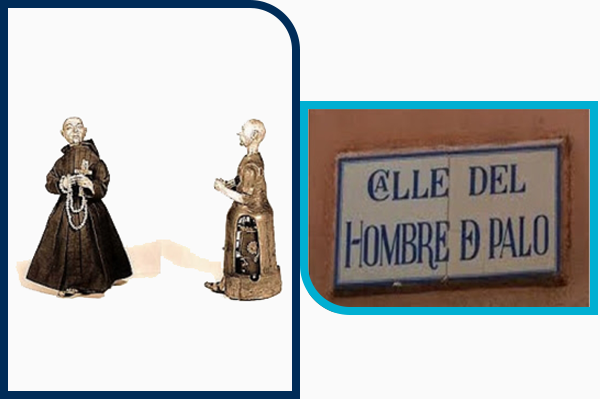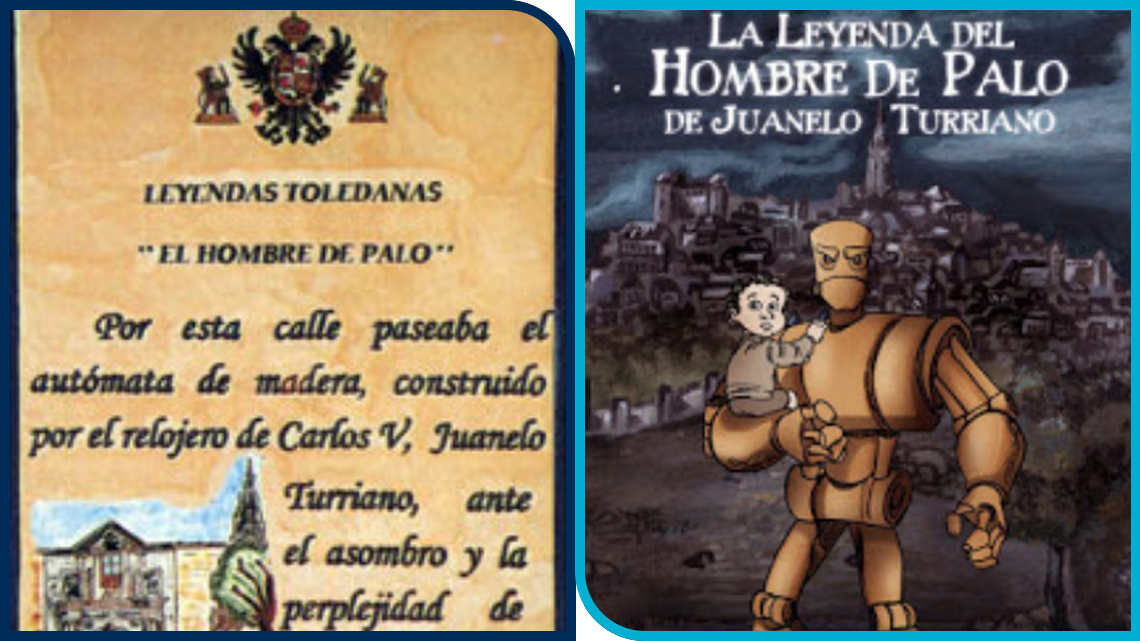JOSE IGNACIO ANDOLZ MUNUERA
Financial Legal Counsel for the General Directorate of Administration and Finance, Sacyr.
Turriano, burdened by the device’s maintenance costs he was forced to bear, welcomed an offer from Philip II to build a second mechanism, for which the Crown would pay, granting its creator and his heirs the exclusive rights to operate the machine. The second system was completed in 1581.
This time, beset by economic woes, Turriano stopped paying to maintain the first device, allowing the “Prudent” king to embody his nickname and demonstrate caution to such an extent that he simply stopped paying the inventor altogether. After this vile outrage, the engineer was destitute, though there are scholars who assert that, though the economic setback was significant, its consequences were not so dire.
One interpretation may be that Turriano experienced a kind of Spanish baptism, embellished with the many attributes of those countless antiheroes who have graced this land, including being lost to history Invention II: The Clockwork Prayer For some chroniclers, the second invention—the Clockwork Prayer—is a result of the harrowing economic consequences of the Artificio. References to Clockwork Prayers (hombres de palo), wooden automatons capable of carrying out certain tasks, were common in the literature of the Golden Age. In fact, the notion of a wise man capable of creating a device with human characteristics is a virtual archetype – think of the Golem in Jewish folklore.

Invention II: The Clockwork Prayer
The legend surrounding Turriano’s invention dazzled my fantasies to such an extent as a child, that it led me to develop a kinship with the engineer from Cremona. That is why, as I mentioned at the outset, I would like to prevent the dominant figure of El Greco from totally eclipsing that of his prodigious contemporary.
Turriano, an expert clockmaker and mechanic, was also a skilled automata craftsman. He made several such devices for Charles V and numerous museums worldwide house similar mechanisms attributed to him. Of the most famous, the Clockwork Prayer, only the legend and the street that bears its name in Toledo, remain.
Installed on public roads, it is said that this automaton featured a slot where donors could deposit coins. Some claim that it moved along a rail, motioning with its arms and legs. Others say that upon being wound by Turriano, it strolled down the street. Truly the stuff of magic. Some maintain it thanked donors by bowing, genuflecting, or even uttering a sound or a word.
Though these stories certainly border on the fanciful, it would be imprudent to sneer. The technological advances already achieved in the Middle Ages in disciplines like optics and mechanics, which is what interests us here, were astounding.. In fact, some consider the 13th century Muslim scholar, Al-Jazari, to be the father of modern robotics.
One theory asserts that the creation of the Clockwork Prayer was a means of survival for a poverty-stricken Juanelo in his old age, while another holds that the collections of this unique beggar went to a charity hospital.
Plagued by ruin
Lastly, according to some, the automaton ended up in the flames of the Inquisition as an entity possessed by the devil. In my mind, I doubt this theory; because the Holy Office was extremely meticulous at the time about leaving written records of its procedures, it is likely that the details of such a unique case would survive to this day. There is also some speculation that Philip II intervened to protect the inventor from Inquisitorial zeal.
Juanelo Turriano died in Toledo in 1585, according to hospice reports, penniless. I have heard that the ashes of the Clockwork Prayer reside in a niche beside the grave of its creator. The remains of Turriano himself lay for centuries in the Carmelite temple in Toledo, but were lost when the French set fire to the building in 1812 during the Spanish War of Independence.
It seems as though history has a hand in leaving the least possible trace of the genius from Cremona. Perhaps that is why Turriano is such wonderful fodder for restless minds. In that no-man’s-land between the amazing and the impossible, it is inevitable that the life and exploits of this historic figure will lead anyone familiar with him to affirm: si non è vero, è ben trovato.
